Many Finnish fly fishermen wait impatiently throughout a long and dark winter for some exotic dry fly fishing in the middle of ice and snow
An ever increasing numbers of insects are drifting down the stream. Newly hatched adult stoneflies surf on the surface of an ice-cold river trying to get their white wings fully functional. Then suddenly the first rise appears and the helpless stonefly meets its destiny. This magic sight is what many Finnish fly fishermen have waited impatiently for throughout a long and dark winter.
When spring finally arrives,
a stonefly species called February Red (lat. Taeniopteryx nebulosa) is the first insect to hatch in good numbers in Finland. Trout begin to feed on the surface and that in turn activates the hibernating fly fishermen. They rush to the rivers in order to present their perfectly tied dry fly patterns to brown trout, which can in some places reach respectable 60 cm or 24 inches in length.
This early spring hatch
has created a very popular brown trout fly fishing season in the central part of Finland. The magic happens when the weather is OK and the hatch is consistent and February Reds can offer excellent, sometimes even the best, fishing of the whole year.
In this photo essay
I have some close-up pictures of February reds. Furthermore, I have also tried to capture the magic in this challenging early season trout fishing. In Finland we have many great rivers where this stonefly is abundant and where fly fishermen are able to effectively fish the hatch with a dry fly. Most of these rivers are located in the central part of Finland. Rivers like Läsäkoski and Äyskoski are some of the best places to fish this particular hatch. Most of my photos are from the river Läsäkoski where I like to fish this hatch.
Both of these two places have very good accommodation possibilities near the rivers. Believe me, it matters where you sleep when the temperature plummets down to -10 degrees Celsius or 14 degrees Fahrenheit when the sun goes down.
The February Red
stonefly nymph crawls out of the water trying to find a good solid ground to emerge. It can be a straw, stone, tree or even an edge of an ice cover. Sometimes you can see these nymphs swimming in the stream by moving their bodies from side to side. Every white winged adult which surfs on the water has hatched on solid ground and then somehow been forced back on the surface of the stream. Usually it is the wind, which throws them back to the river. At the end of their life-cycle the adult female stoneflies fly back to the river system to lay their eggs on the surface of the river. During that period they are naturally again potential prey for trout.
The color of
a recently emerged adult is orange but it turns towards darker grey quite soon. The wings are initially almost white and point more or less straight upward. At this point insects are drying their wings and this is the most important phase to imitate them with a dry fly.
After the wings
have dried enough, the insect starts to use them, but instead of flying, it will surf on the surface pretty fast towards something solid. Sometimes they leave a small wake behind them. It is very effective to imitate this activity with your dry fly by skating it to the same direction as the real insects move.
When trout are feeding
on stoneflies on the surface, your obvious choice is a dry fly pattern. There is no question about that. Sometimes, even though you can see a lot of stoneflies on the surface, there are no trout rising. Then it is time to try different nymph flies. First try just under the surface and if nothing happens then try to sink your nymph much deeper. Many skilled fly fishermen use two different flies at the same time. One is a dry fly and the other is a slightly weighted nymph pattern. This is occasionally the most effective way to catch trout during this early season stonefly hatch.
Weather conditions can vary
a lot during the spring time. Normally sunny weather with a temperature over the freezing point is optimal for this type of fishing. But February Reds can be active in any weather conditions and also after sun has gone down. Sometimes a real snow storm can be a good time to fish, if you just dare. In fact the only thing that usually kills this stonefly hatch is the situation when the temperature drops clearly below the freezing point. Of course strong wind can also be extremely challenging for the fishermen and thus have a negative impact on the fishing.
Because of the fast
changing weather conditions one of the best tips to give is definitely: be fast if you see a rise! Get yourself quickly to the place from where you can present your fly to the fish. An active fish is usually quite easy to hook, but still remember to approach it cautiously. Even though it is feeding actively it is still a wild creature and spooks very easily.
The weather conditions
in March and April are mostly so cold that every fisherman should wear enough warm clothes under their waders. Water temperatures are normally somewhere between the freezing point and +5 degrees Celsius or about 40m degrees Fahrenheit.
There is one
final important thing to remember when you are wading at the beginning of the season. Trout eggs are still in the bottom sediment of the river. Wading on the spawning grounds should not be allowed at all in order to protect the future trout stocks. Some fishing locations have marked these places with visible signs to make sure that nobody wades in these areas by accident. If there are no signs, just stay away from the areas where the bottom consists mostly of fist size rocks. It is better to be safe than sorry.
Although the February Red
hatch can be difficult to fish effectively, mainly due to the challenging weather conditions, once you hit it right there is no turning back. It can offer outstanding dry fly fishing and it is such a great way to start a new season.
Check out if your own favorite trout stream has these early stoneflies and be ready for some great action. If you don't have them, or your fishing season hasn't started at the time of the hatch, don't worry.
Just come to Finland and fish with us!
Facts
Contact the author: pasivisakivi@gmail.com - Photo gallery
More info on River Läsäkoski - River Äyskoski
- Log in to post comments

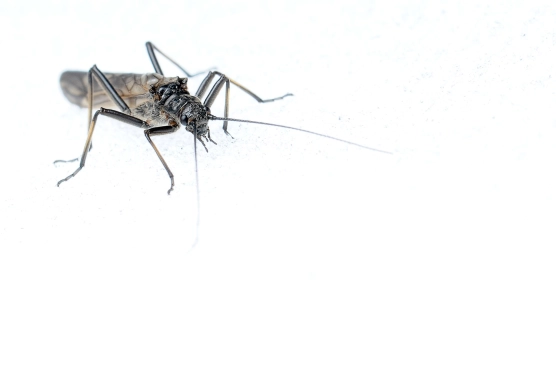
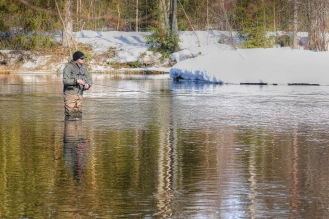
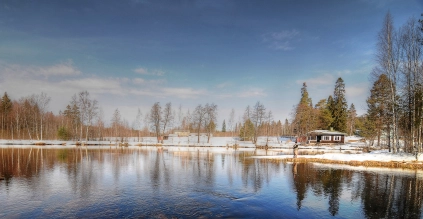
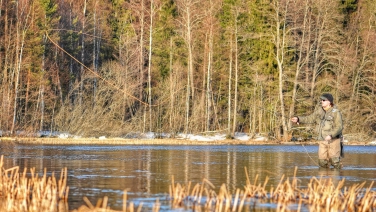
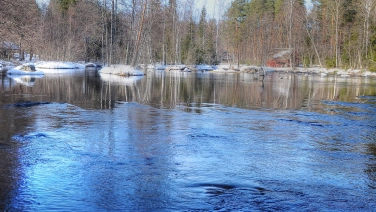
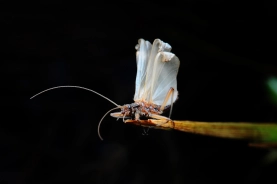
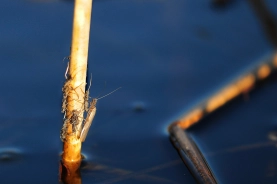
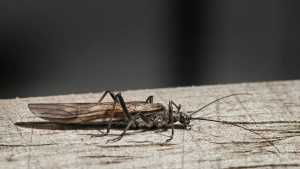

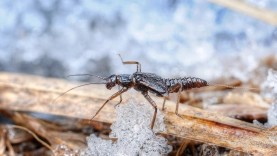
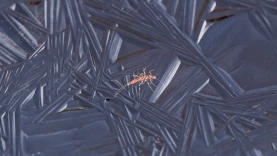
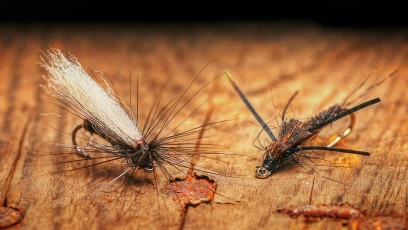

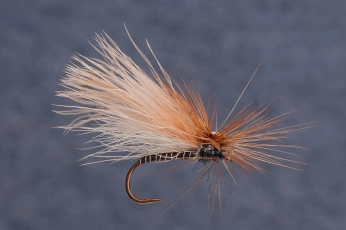
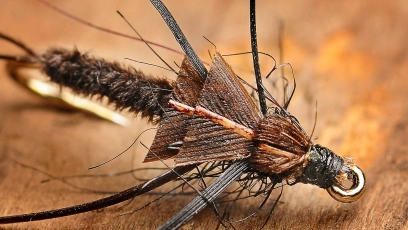
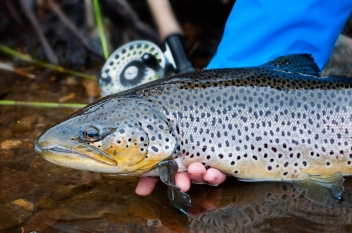

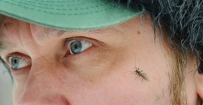
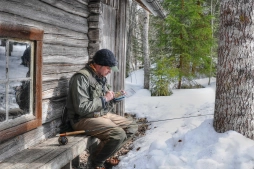

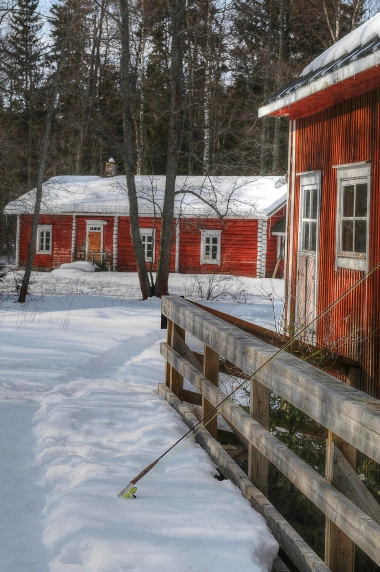
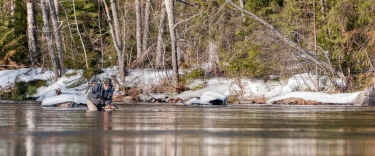

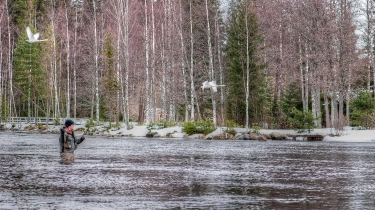


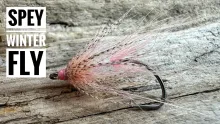
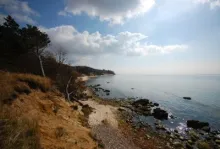
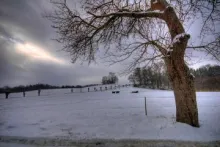
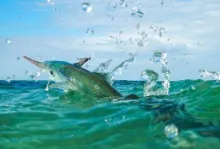

Similar if not the s
Similar if not the same lil black stones that will be popping off in my local Maine waters very soon, great article as always, love the sport love this site ty guys again.
Very nice article, n
Very nice article, nice flies and good photography, but a little bit to cold for me!!
Tom Biesot.
Hey Pasi!
Fantast
Hey Pasi!
Fantastic article and absolutely stunning photography! I really enjoyed reading the article. We have T. nebulosa in Denmark, but hatches are too scarce for fish to really key in on it, although opportunistic feeders will rise to one now and then.
Lars
February Red
Hi Pasi:
Great looking pattern. I've seen dozens of these coming off my home waters. Thanks for the article and photos. I'll be tying up some of these for February
Thanks again
Linc Haverstraw NY USA